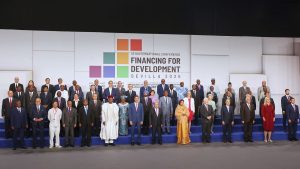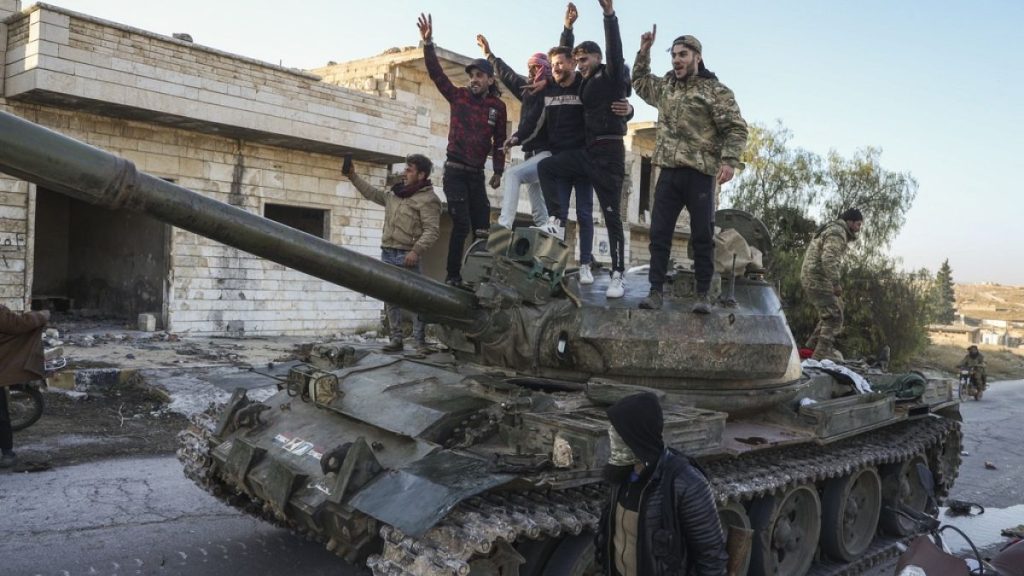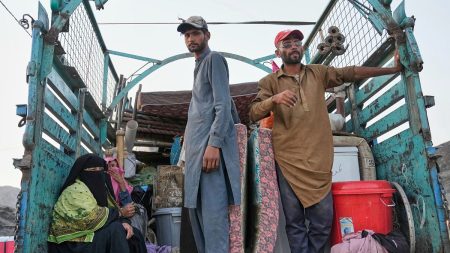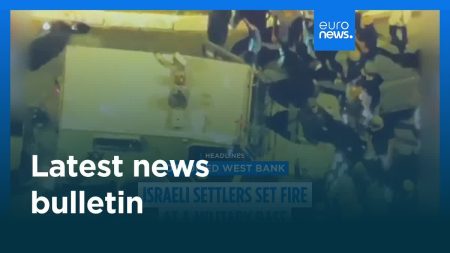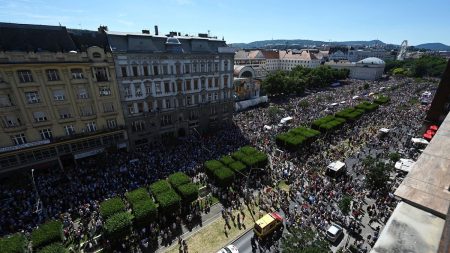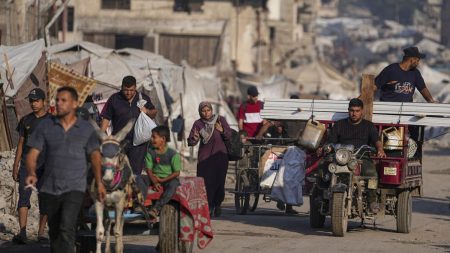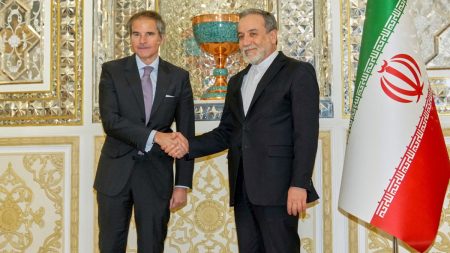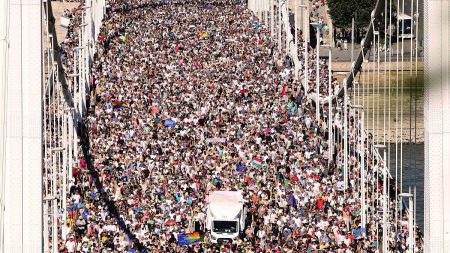On a recent Sunday, the Syrian military bolstered its presence in the northern Hama countryside to counter an insurgent offensive that saw the extremist group Hayat Tahrir al-Sham making significant territorial gains, including a surprise takeover of Aleppo. This unexpected advance raised alarms concerning the operational readiness of President Bashar Assad’s armed forces, especially as the rebel faction claimed control over key areas such as Sheikh Najjar, an industrial city near Aleppo, as well as critical military sites including the military academy and a field artillery college. Iranian Foreign Minister Abbas Araghchi’s planned visit to Damascus underscored Tehran’s commitment to supporting Assad’s administration amidst these developments.
The rapid insurgent surge is particularly damaging given that it exposes vulnerabilities within the Assad regime at a time when its principal allies, Iran and Russia, are preoccupied with their own military challenges. Claims reported by Syrian state television suggested that government forces had inflicted heavy casualties on the insurgents, allegedly killing nearly 1,000 over the preceding days, although these figures lacked independent verification. Concurrently, government airstrikes targeting Idlib, a rebel stronghold southeast of Aleppo, resulted in civilian casualties, further fueling tensions and the humanitarian crisis in the region.
In their response, Syrian government forces reportedly managed to repel the insurgent advance, establishing a fortified defensive line within the northern Hama countryside. The Syrian Observatory for Human Rights, based in the UK, confirmed that government reinforcements helped stabilize the situation, while also noting that Russian airstrikes were conducted to assist government efforts in both Idlib and rebel-held areas. This uptick in military activities illustrates the continuing volatility of the conflict and the competitive dynamics among the various factions involved.
President Assad, in a rare public address since the onset of the insurgent offensive, reaffirmed his administration’s commitment to maintaining Syria’s territorial integrity and combating what he termed “terrorists and their supporters.” His statements aimed to portray resilience and determination within the government ranks despite the adverse turn of events, asserting that the state would continue to push back against rebel forces aggressively. This rhetoric highlights the ongoing ideological battle being waged as the Syrian government seeks to legitimize its authority and control over the country.
The current situation bears resemblance to critical past conflicts in the region, particularly the 2016 battle for Aleppo, which marked a pivotal moment in Syria’s civil war. By successfully reclaiming the city from rebel factions, Assad’s forces solidified their hold over key territories that are crucial for maintaining governance and military supply lines. Nevertheless, ongoing rebel activities illustrate that despite these past victories, the Assad regime’s control remains challenged, necessitating continual military responses to insurgent threats.
Amid these hostilities, the humanitarian impact on civilians continues to worsen, with reports of casualties and destruction resulting from government airstrikes. As the conflict persists, the international community watches closely, concerned about the implications for regional stability and the humanitarian crisis at hand. The combination of renewed insurgent offensives, foreign military support for the Assad regime, and the internal rifts among opposition forces contributes to a fluid and dangerous conflict landscape as Syria continues to grapple with the consequences of a protracted civil war.


